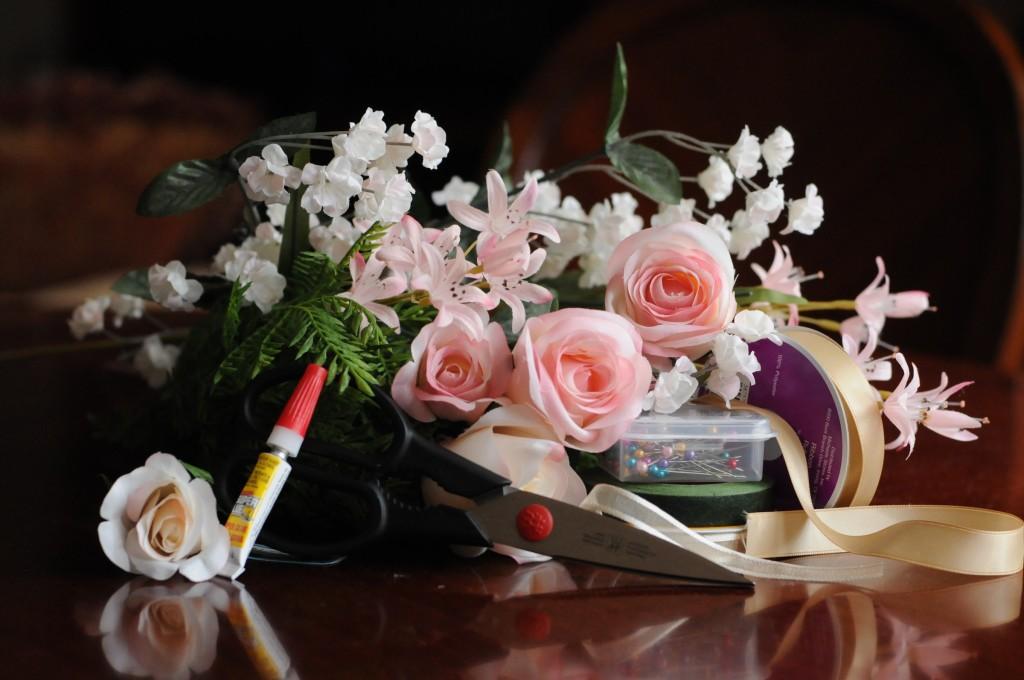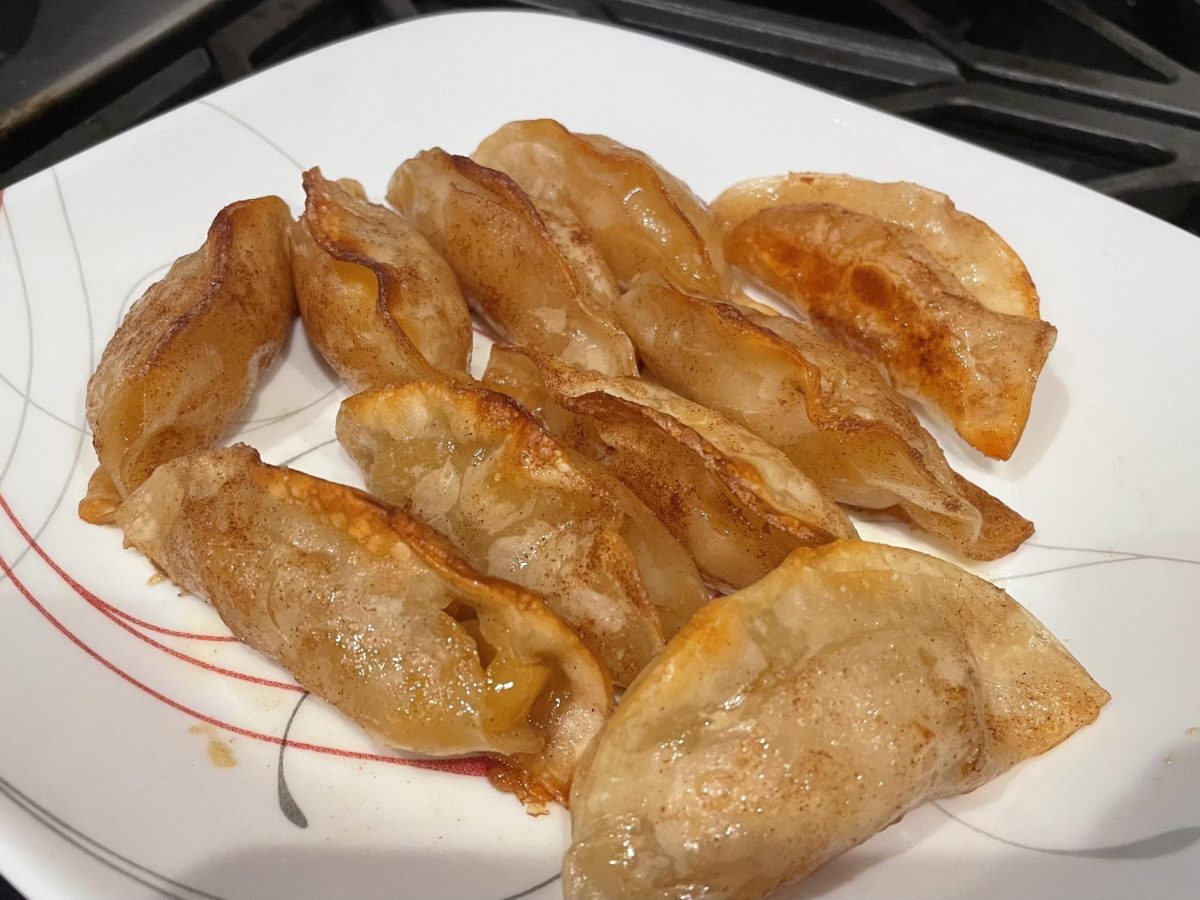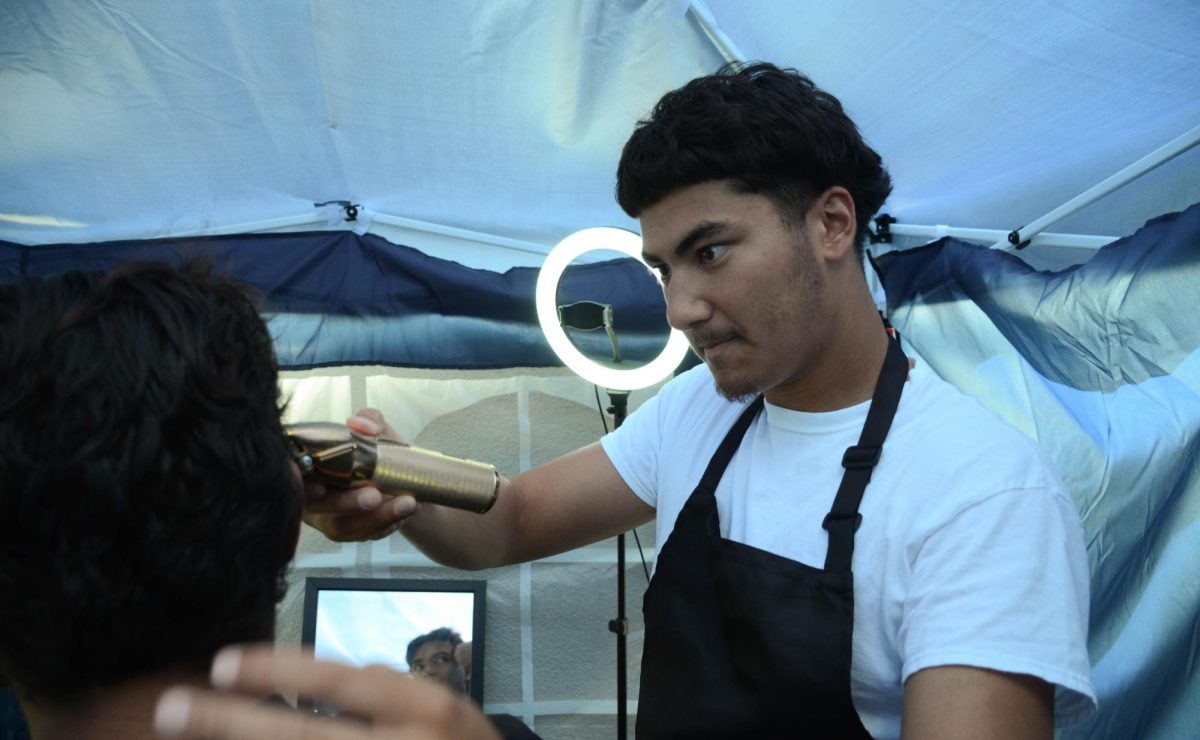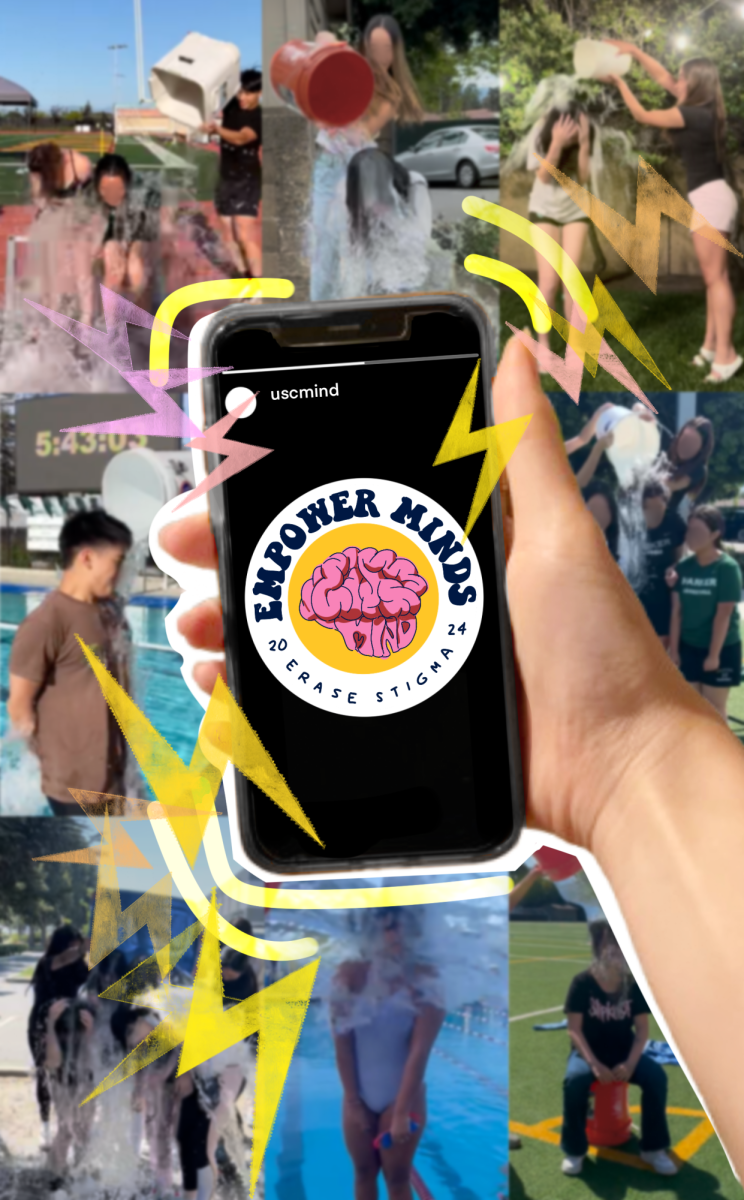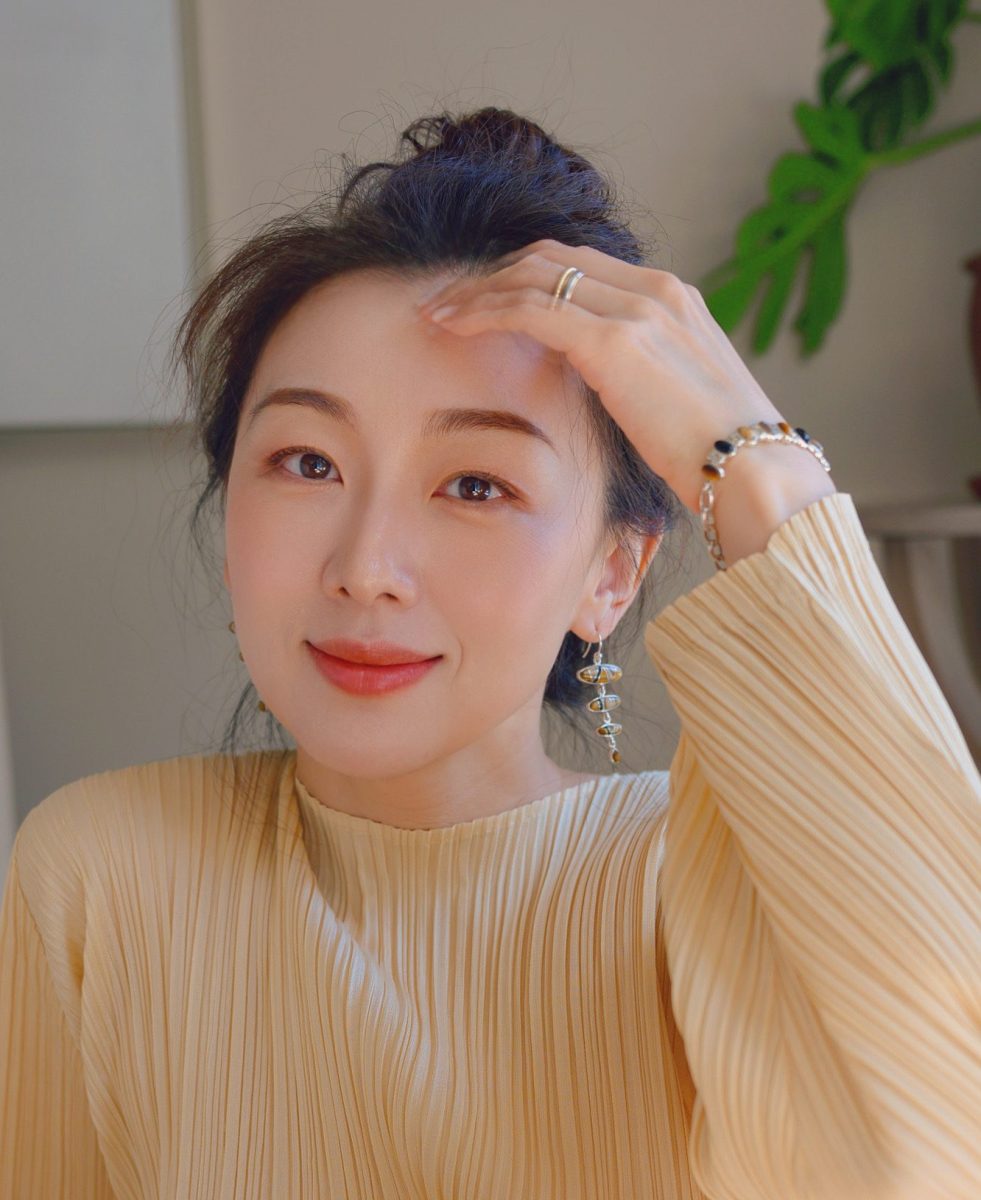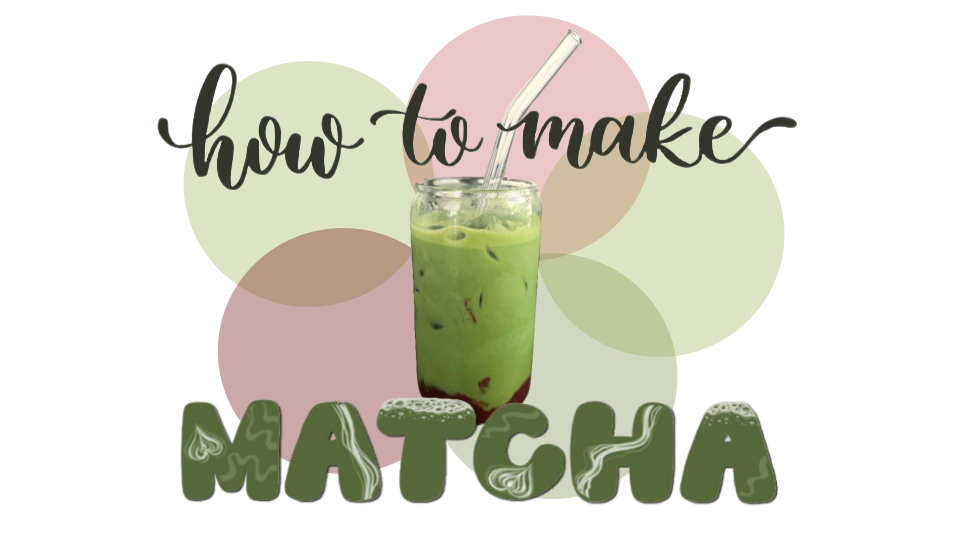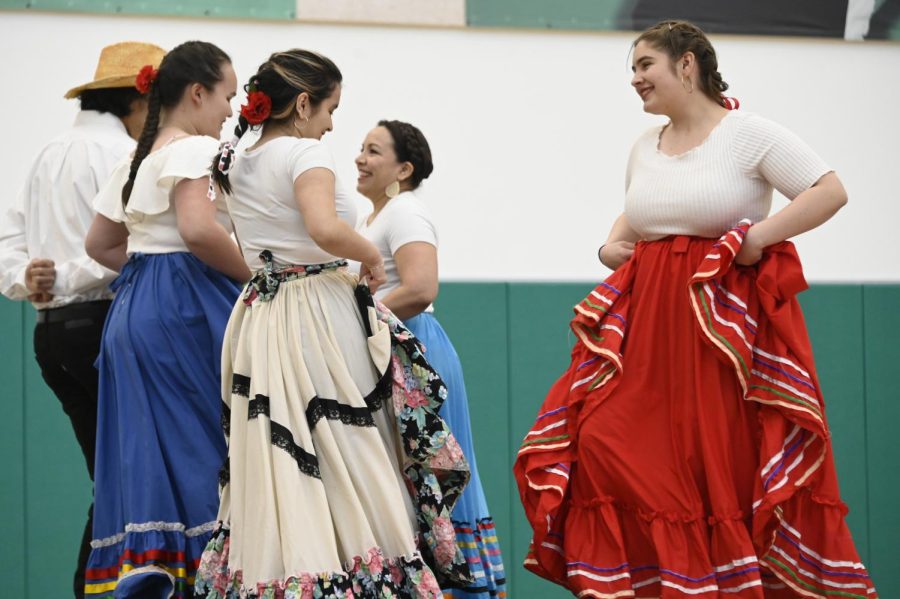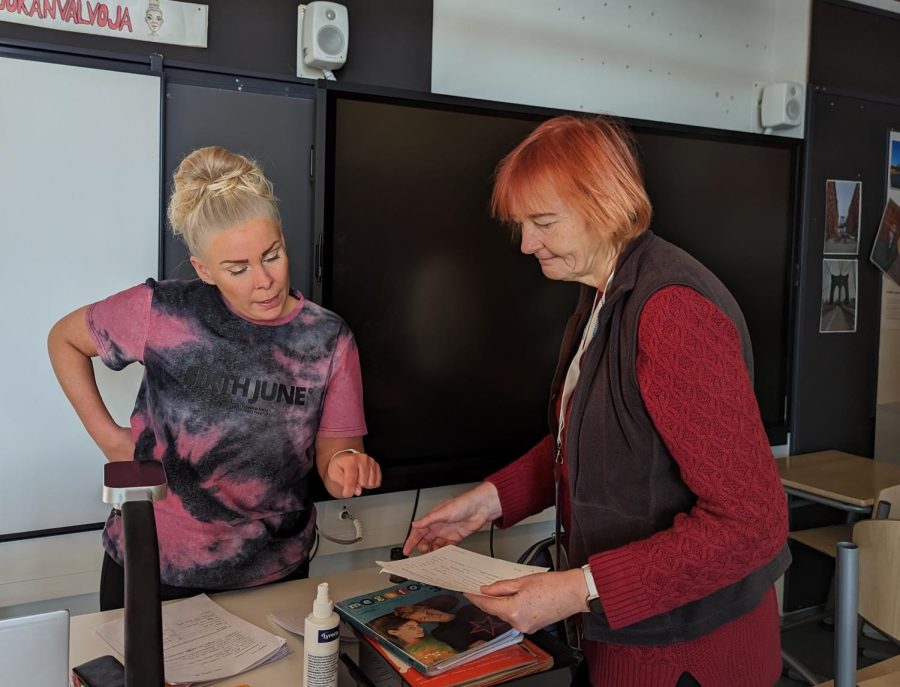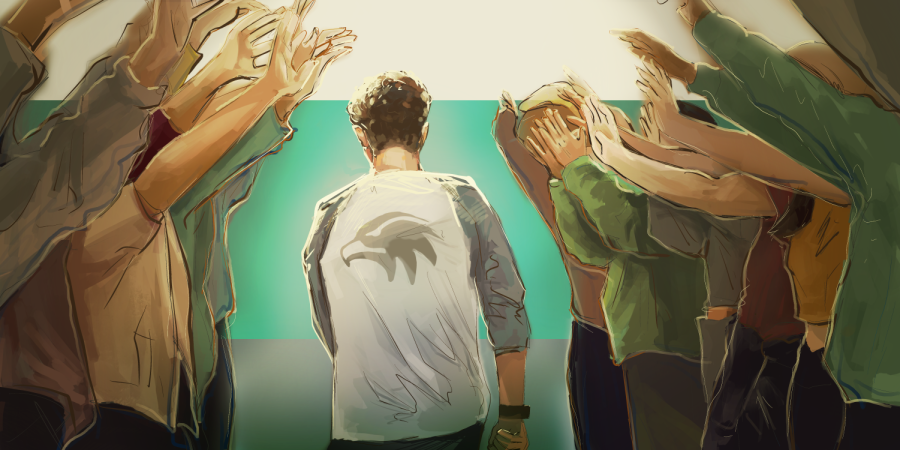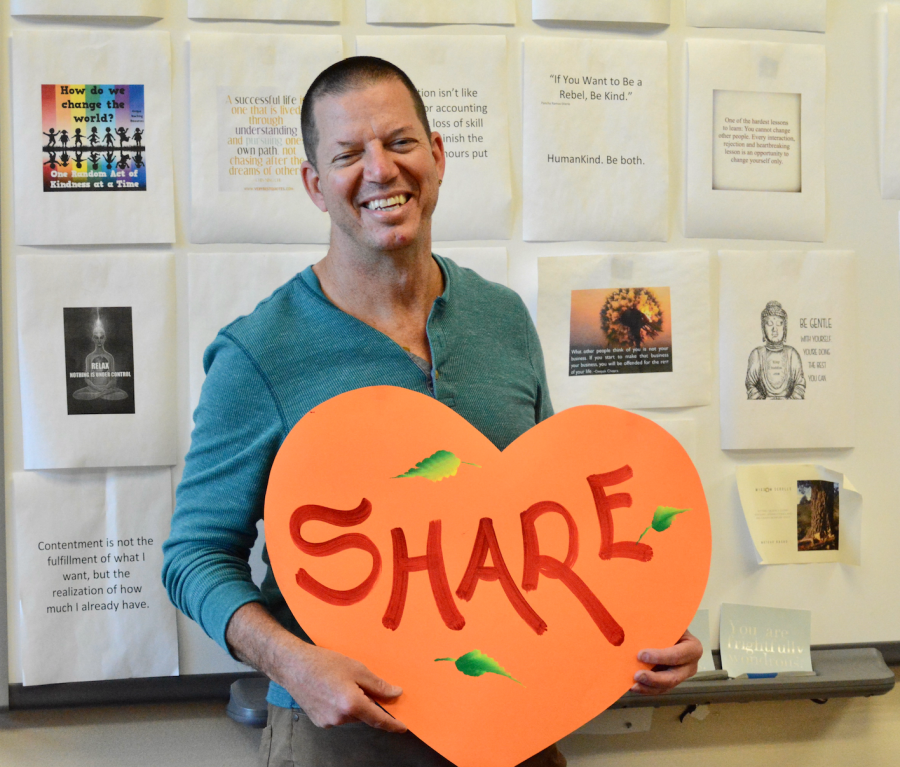Corsages and boutonnieres may seem like delicate works of floral art, but they’re actually little more than a few carefully arranged plants, wires, and ribbons—which means you can easily make a set yourself. So why not call up a few friends, pay a quick trip to the florist and a local craft store, and have a corsage-making party following this little guide? You’d have fun and save money.
Supplies:
•Focal flowers (roses, carnations, etc.)
•Fillers (small flowers and/or craft materials)
•Base greenery
•Ribbon
•Floral wire
•Green floral tape
•Elastic wristband (optional)
•Pearl-tipped boutonniere pins
•Strong glue
Choosing your materials:
1) Select a focal flower to match the girl’s dress. Roses, carnations, lilies, and orchids are the classic choices, but if you’d like to spice things up, feel free to pick something different—perhaps a small sunflower, a dahlia, or any reasonably sized flower, really. Boutonnieres usually just have one flower, but wrist corsages often have more; if you’re indecisive and/or don’t mind the extra weight, you could choose larger flower and two smaller flowers. Simplicity is elegant though!
2) Select a filler to complement the focal flower. You can’t go wrong with the small white buds such as baby’s breath, but you could get creative and use other flowers, or even craft materials like pearl strands or feathers.
3) Select base greens. Leaves may come with your focal flowers, but it’s nice to add a some fern or polycia leaves too. For a more nontraditional base, you could use tulle or a tropical leaf.
4) Pick a ribbon, preferably under 1/2-inch wide, that accents the focal flower and dress.
Assemble the corsage or boutonniere body:
1) Form wire stems for structure. Using scissors or a sharp knife, trim the stem of the focal flower so that around half an inch remains. With a 7-inch strip of floral wire, puncture the base of the flower (right below the petals) horizontally and thread the wire through until 3 inches of wire remain on either half of the flower. Bend the wires downwards in the direction of the stem and twist them together. If you are making a corsage with multiple focal flowers, repeat the process for the smaller ones, except using shorter strips of wire—perhaps 4 or 5 inches long.
2) Wrap each of the focal flowers with green floral tape. Start from the base, move down to the tip of the wire, and then reverse and move back up to the base.
3) Arrange the flowers, fillers, and greenery the way you’d like them to look in the corsage or boutonniere. For the most aesthetically pleasing results, first place the largest focal flower in the center, then place smaller flowers and filler below or behind it, and finally place greenery in the very back.
4) Wrap all the stems together extremely securely with floral tape. Multiple layers are highly encouraged; no stem or wire should show at the bottom tip.
5) (Optional) If the barren length of floral-tape-wrapped stem bothers you, cover it with an elegant bow. To make the bow, wrap part of a long piece of ribbon around your hand two or three times. Then, wrap the ribbon around the middle of the loops, forming the bow center, and tie it tight. Arrange the loops and tail ends so that they are mostly symmetrical. Too hard? Make a simple shoelace bow instead. Fasten the bow on the stem with one pearl-tipped pin.
Attach the appropriate fasteners:
1) For a corsage, you’ll want to have either an elegant but inconvenient ribbon tie or a less fancy but more functional elastic wristband attached to one or two strong stems towards the center of the back of the corsage. Ribbon can simply be tied around the stems; when it comes time, the guy can tie it around the girl’s wrist. An elastic wristband can be attached using floral tape as binding material.
2) For a boutonniere, depending on the weight of the arrangement, stick one or two pearl-tipped boutonniere pins through the floral tape wrap at the back. If using two pins, stick them in a slight X-formation; crossing pins will give much more support than parallel ones.
Now, refrigerate in a closed container until the big evening!


















![“[Building nerf blasters] became this outlet of creativity for me that hasn't been matched by anything else. The process [of] making a build complete to your desire is such a painstakingly difficult process, but I've had to learn from [the skills needed from] soldering to proper painting. There's so many different options for everything, if you think about it, it exists. The best part is [that] if it doesn't exist, you can build it yourself," Ishaan Parate said.](https://harkeraquila.com/wp-content/uploads/2022/08/DSC_8149-900x604.jpg)




![“When I came into high school, I was ready to be a follower. But DECA was a game changer for me. It helped me overcome my fear of public speaking, and it's played such a major role in who I've become today. To be able to successfully lead a chapter of 150 students, an officer team and be one of the upperclassmen I once really admired is something I'm [really] proud of,” Anvitha Tummala ('21) said.](https://harkeraquila.com/wp-content/uploads/2021/07/Screen-Shot-2021-07-25-at-9.50.05-AM-900x594.png)







![“I think getting up in the morning and having a sense of purpose [is exciting]. I think without a certain amount of drive, life is kind of obsolete and mundane, and I think having that every single day is what makes each day unique and kind of makes life exciting,” Neymika Jain (12) said.](https://harkeraquila.com/wp-content/uploads/2017/06/Screen-Shot-2017-06-03-at-4.54.16-PM.png)








![“My slogan is ‘slow feet, don’t eat, and I’m hungry.’ You need to run fast to get where you are–you aren't going to get those championships if you aren't fast,” Angel Cervantes (12) said. “I want to do well in school on my tests and in track and win championships for my team. I live by that, [and] I can do that anywhere: in the classroom or on the field.”](https://harkeraquila.com/wp-content/uploads/2018/06/DSC5146-900x601.jpg)
![“[Volleyball has] taught me how to fall correctly, and another thing it taught is that you don’t have to be the best at something to be good at it. If you just hit the ball in a smart way, then it still scores points and you’re good at it. You could be a background player and still make a much bigger impact on the team than you would think,” Anya Gert (’20) said.](https://harkeraquila.com/wp-content/uploads/2020/06/AnnaGert_JinTuan_HoHPhotoEdited-600x900.jpeg)

![“I'm not nearly there yet, but [my confidence has] definitely been getting better since I was pretty shy and timid coming into Harker my freshman year. I know that there's a lot of people that are really confident in what they do, and I really admire them. Everyone's so driven and that has really pushed me to kind of try to find my own place in high school and be more confident,” Alyssa Huang (’20) said.](https://harkeraquila.com/wp-content/uploads/2020/06/AlyssaHuang_EmilyChen_HoHPhoto-900x749.jpeg)



